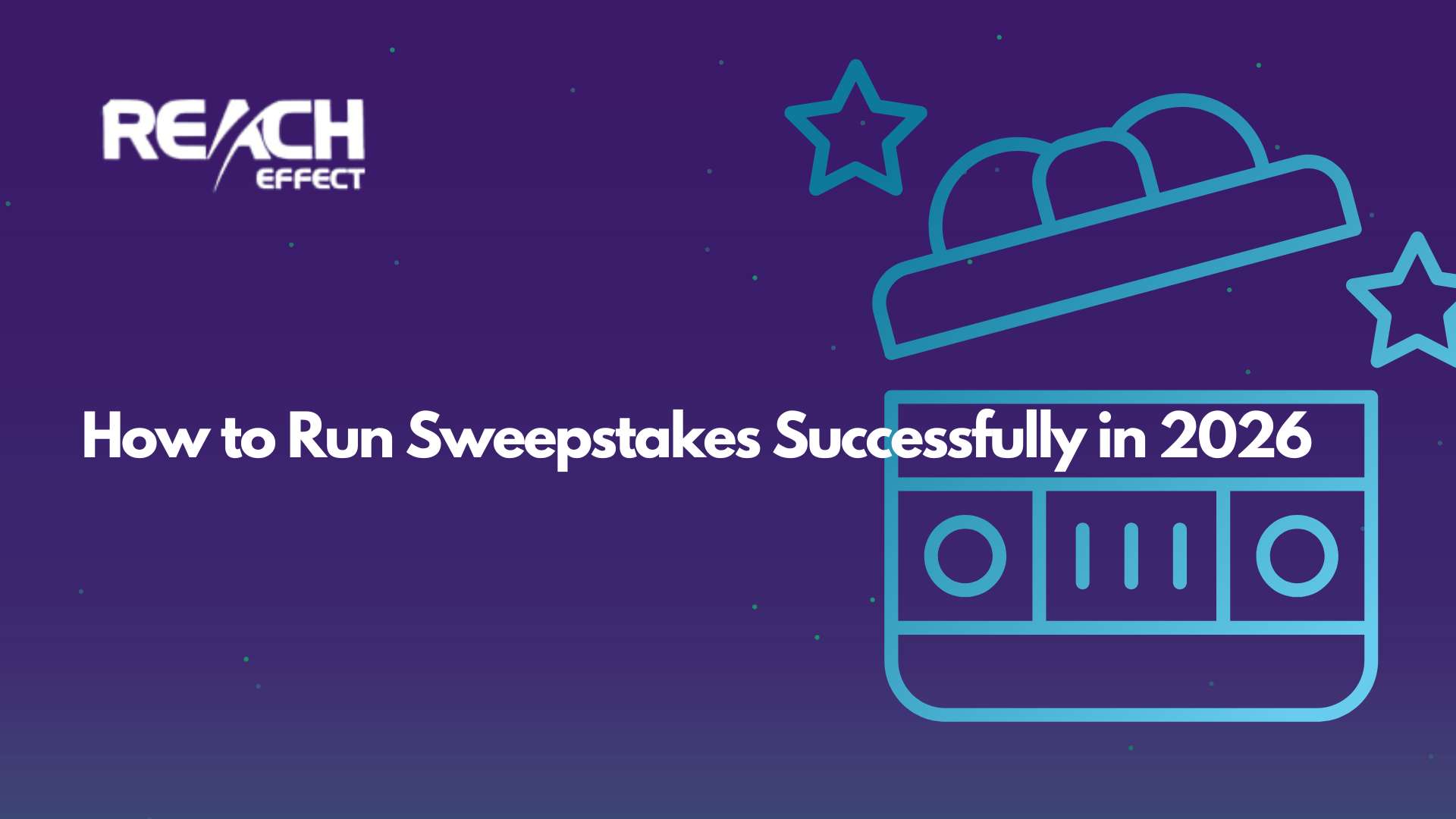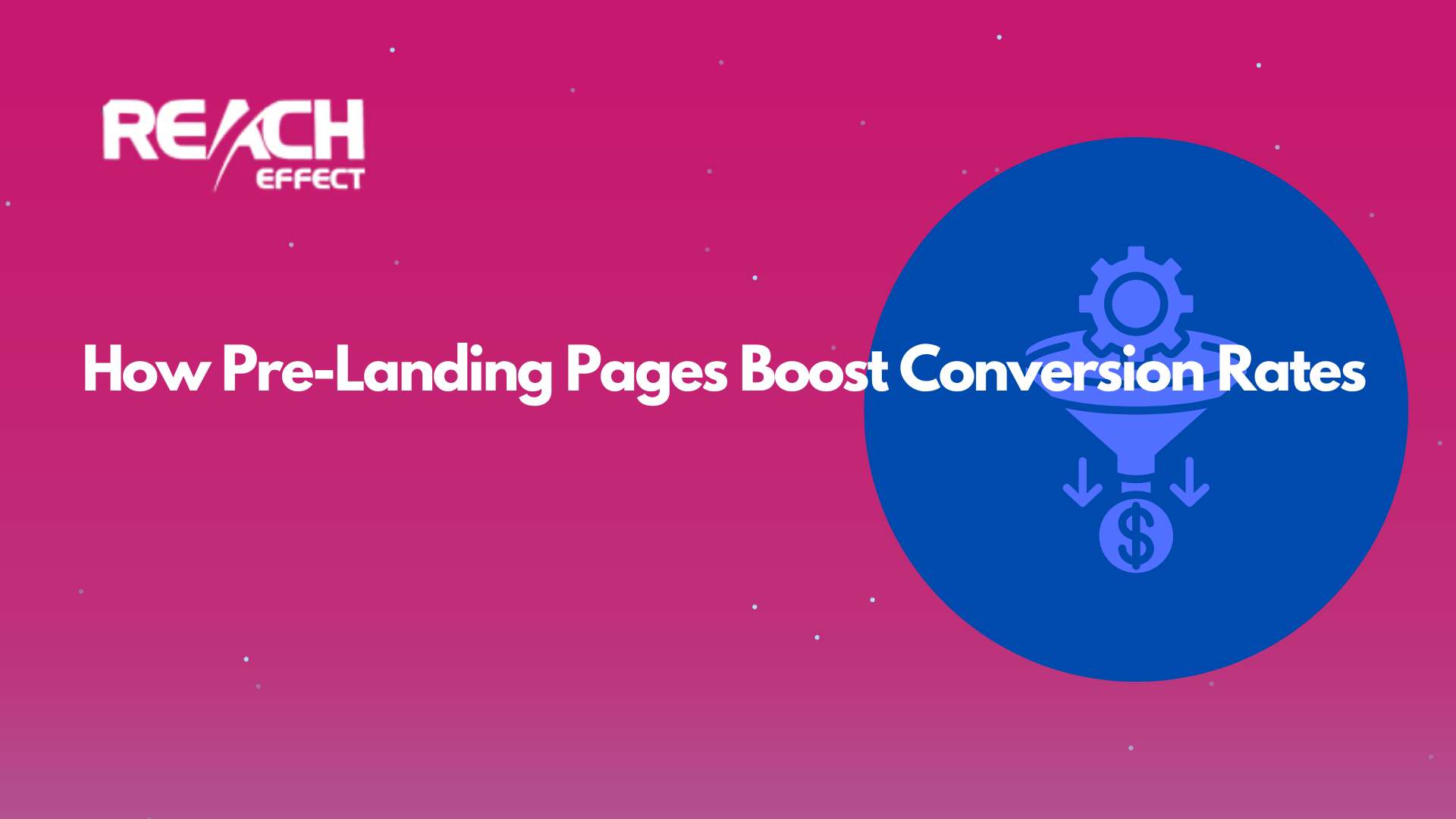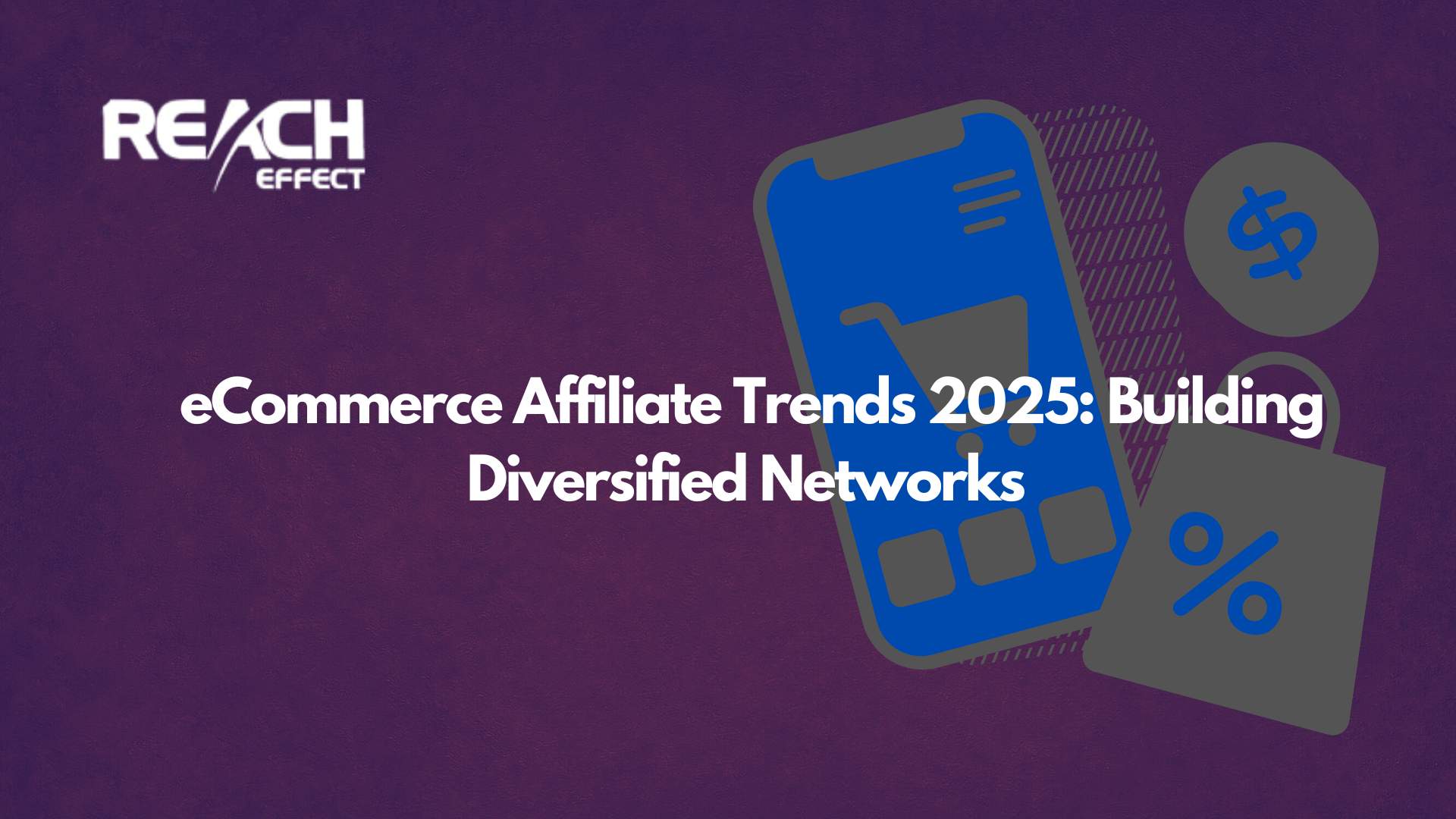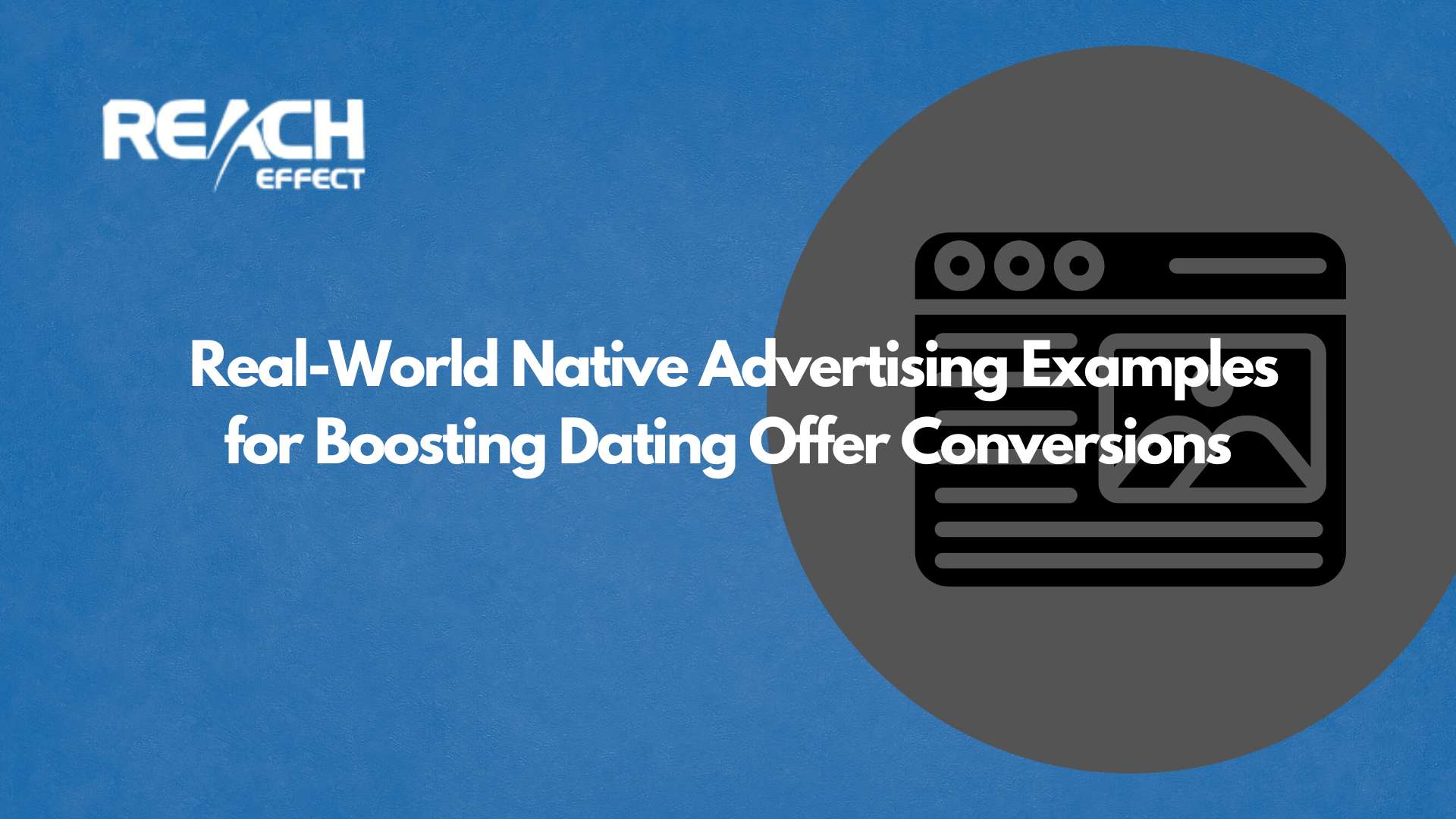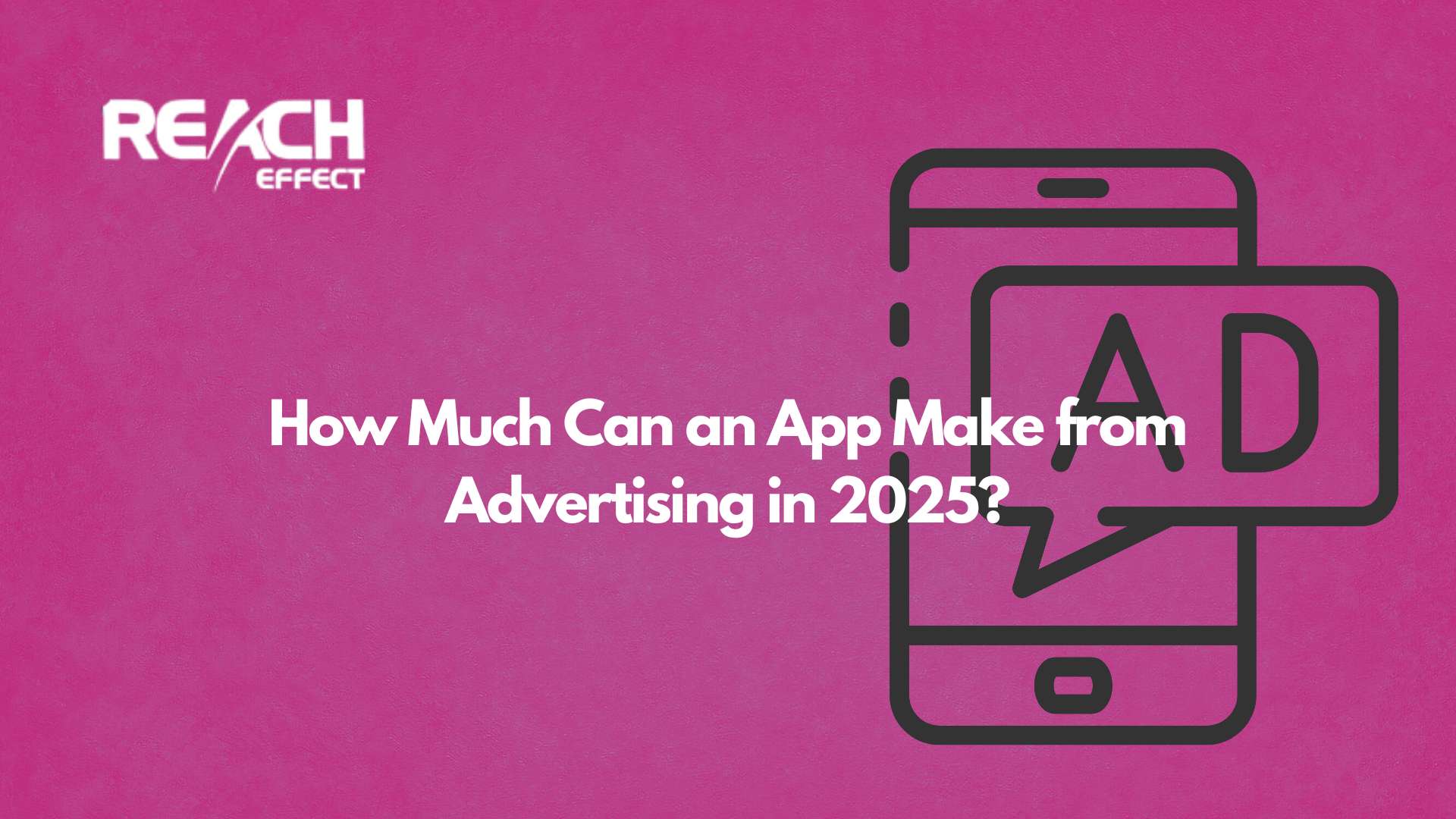Comprehending client actions and precedency is essential for valid targeting. Two distinct yet powerful strategies are psychographic vs behavioral segmentation. They have emerged as integral tricks for those seeking to delve deeper into the intricacies of their audience. This article embarks on a journey to unravel the nuances of these division accesses. It explores how they differ when to use each and their impact on tailoring marketing plans. It doesn’t matter whether you’re a seasoned marketer or a biz owner. Also, you may be often intrigued by the intricacies of consumer insights. Join us in navigating the realms of such division. It’ll help to unlock the keys to precision selling.
Thank you for reading this post, don't forget to subscribe!Differences Between Psychographic and Behavioral Segmentation
In the realm of market division, precision is essential. This section delves into the intricate world of client insights. It explores the nuanced difference between psychographic and behavioral segmentation. Comprehending these distinctions becomes paramount. It is so because sellers navigate the dynamic sphere of public targeting. Join us as we unravel the unique features. They set psychogeriatric and behavioral divisions apart. Also, they are providing valuable insights. They are into when and how to deploy each strategy for maximum impact in tailoring marketing endeavors.
Psychographic
There are client peculiarities, values, lifestyles, and beliefs. They take center stage in shaping selling plans.
Behavioral
Their consumer actions, purchasing patterns, and engagement behaviors become vital factors. It is in crafting targeted and practical marketing approaches.
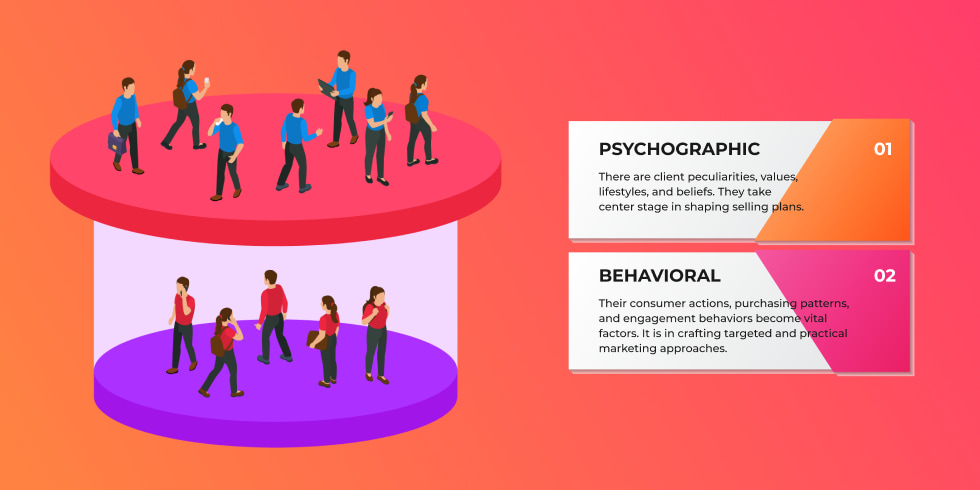
Psychographic and Behavioral Segmentation Examples
Explore real-world scenarios and gain a deeper comprehension of market dynamics. It is through compelling psychographic and behavioral segmentation examples in action. This section unveils how these division plans play out in diverse industries. They are offering practical insights. They are about tailoring selling approaches to specific client peculiarities and conducts.
Psychographic Examples
One well-known example of a company that effectively utilizes psychographic segmentation is Apple Inc. Apple has mastered understanding its target audience’s values, interests, and lifestyles. For example, Apple’s marketing campaigns often focus on creativity, innovation, and individuality. It resonates with consumers who prioritize these values. Using psychographic segmentation, Apple has built a loyal customer base. It has established itself as a premium brand in the technology industry.
Behavioral Examples
A prime example of the use of behavioral segmentation is Amazon.com. Amazon thoroughly analyzes the actions, preferences, and buying behavior of consumers. It allows for personalized shopping experiences for each customer. With features such as recommended products, personalized recommendations based on browsing history, and targeted email campaigns, Amazon effectively influences purchase decisions and builds customer loyalty. Amazon provides a seamless and personalized shopping experience by understanding and responding to behavioral cues. It keeps customers coming back for more purchases.
Conclusion
We conclude this exploration into the realms of market division. The dichotomy of psychographic vs behavioral segmentation emerges as a strategic cornerstone. It is for tailored marketing. Consider depositing on our platform to unleash the full potential of these approaches. Activate your engagement with our dynamic traffic. Every nuanced knowing of client conduct becomes a pathway to selling precision. Seize the opportunity to refine your strategies, align with consumer intricacies, and propel your brand to new heights. Join Reacheffect now to unlock the keys to effective division. Navigate an area where your marketing attempts resonate with unparalleled accuracy. Your journey to market triumph begins with a simple deposit.
[insert-buttons] [/insert-buttons]


